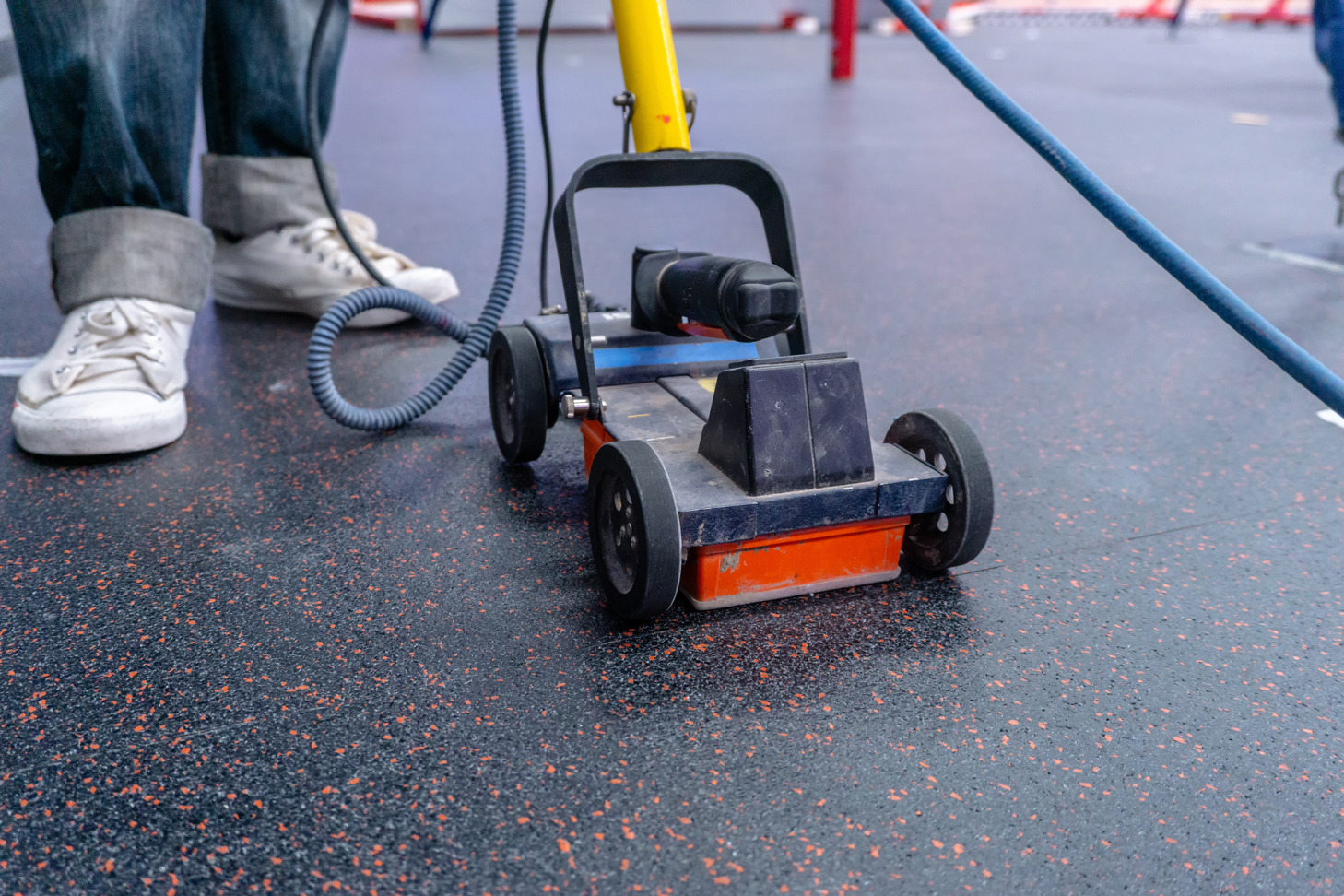Introduce the Transformative Power of Concrete Scanning in Making The Most Of Efficiency and Safety And Security
Concrete scanning has actually arised as a crucial tool in the building market, supplying unrivaled benefits in enhancing project performance and making certain safety standards. The transformative power of concrete scanning exists in its ability to give real-time data and comprehensive insights, transforming how tasks are prepared and performed.
Significance of Concrete Scanning
Guaranteeing the structural stability and safety and security of building projects starts with the essential step of performing complete concrete scanning. Concrete scanning is a non-destructive technique utilized to find and map subsurface aspects within concrete frameworks.
The importance of concrete scanning can not be overstated, as it plays a vital role in protecting against mishaps, decreasing project delays, and guaranteeing the long-lasting longevity of the construction. By recognizing prospective dangers prior to the construction phase begins, home builders can carry out suitable precaution and make notified choices concerning the design and execution of the job. In addition, concrete scanning assists in maximizing task timelines and spending plan by avoiding unanticipated expenses and hold-ups that might arise as a result of unpredicted obstructions within the concrete. Inevitably, purchasing extensive concrete scanning is an aggressive strategy that improves both performance and security in building projects.
Exactly How Concrete Scanning Functions
Concrete scanning runs as an essential device in building tasks by utilizing sophisticated innovations to spot and map subsurface elements without creating architectural damages. Ground Permeating Radar (GPR) and Electromagnetic Induction (EMI) are 2 main approaches used in concrete scanning. GPR works by producing high-frequency radar pulses right into the surface area, which bounce back when they encounter subsurface objects or voids. The time taken for the signal to return indicates the deepness and place of the items. EMI, on the other hand, utilizes magnetic fields to identify variations in product compositions, such as recognizing rebar or conduits within concrete structures.
During the scanning procedure, the information accumulated is evaluated in real-time, allowing instant recognition of possible dangers or barriers beneath the surface area. By employing these sophisticated innovations, concrete scanning substantially decreases the danger of costly damages and injuries on building and construction websites.
Advantages of Concrete Scanning
One of the primary benefits of concrete scanning is the capacity to discover and situate embedded things such as rebar, post-tension wires, and channels precisely. Concrete scanning assists in preparation and creating much more effectively, as it provides precise details concerning the place and deepness of structural parts.

Study: Concrete Scanning Success

In an additional instance, a building company used 3D concrete scanning to evaluate the condition of maturing concrete frameworks in a historical building. The comprehensive scans provided valuable understandings right into the degree of check this wear and tear and assisted focus on upkeep initiatives successfully. By proactively addressing areas of concern identified via scanning, the firm had the ability to extend the lifespan of the structure and make certain resident safety and security.
These instance studies emphasize the transformative power of concrete scanning in improving efficiency, precision, and safety and security in building projects.
Carrying Out Concrete Scanning in Projects
Executing innovative scanning modern technologies during construction jobs has come to be increasingly essential for improving accuracy and safety and security. By incorporating concrete scanning right into job planning and implementation, building and construction teams can recognize possible risks, such as rebar or post-tension wires, concealed within concrete frameworks. This proactive approach lessens the danger of mishaps, delays, and costly rework, inevitably leading to more effective project timelines and budgets.
To carry out concrete scanning effectively, project managers ought to collaborate closely with seasoned scanning specialists to figure out the most ideal scanning strategies for the certain task requirements. Involving scanning professionals from the very early stages of a task makes it possible for the group to create extensive scanning strategies that attend to key locations of problem and guarantee extensive data collection.
Additionally, integrating concrete scanning into routine project workflows can streamline decision-making processes, as real-time check information provides immediate insights right into the condition of concrete frameworks - Concrete Scanning. This data-driven method assists in educated analytic and makes it possible for groups to make changes without delay, promoting a culture of performance and safety throughout the project lifecycle

Final Thought
To conclude, concrete scanning plays an essential function in enhancing efficiency and safety and security in construction jobs. By utilizing advanced technology to map and find out underlying structures within concrete, this process helps to visit here protect against pricey blunders, make certain structural honesty, and decrease threats on website. With the capability to reveal covert elements and offer accurate information, concrete scanning confirms to be an important tool for enhancing task outcomes and making the most of total success.
Concrete scanning is a non-destructive method next page used to discover and map subsurface aspects within concrete frameworks. In addition, concrete scanning helps in enhancing task timelines and budget plan by preventing unanticipated prices and hold-ups that may occur due to unexpected obstructions within the concrete. One notable case study entails a large restoration project where concrete scanning played an essential function in making sure task success.In an additional case, a construction firm utilized 3D concrete scanning to evaluate the problem of aging concrete frameworks in a historical building. By integrating concrete scanning right into project planning and execution, construction groups can identify possible threats, such as rebar or post-tension cable televisions, hidden within concrete structures.